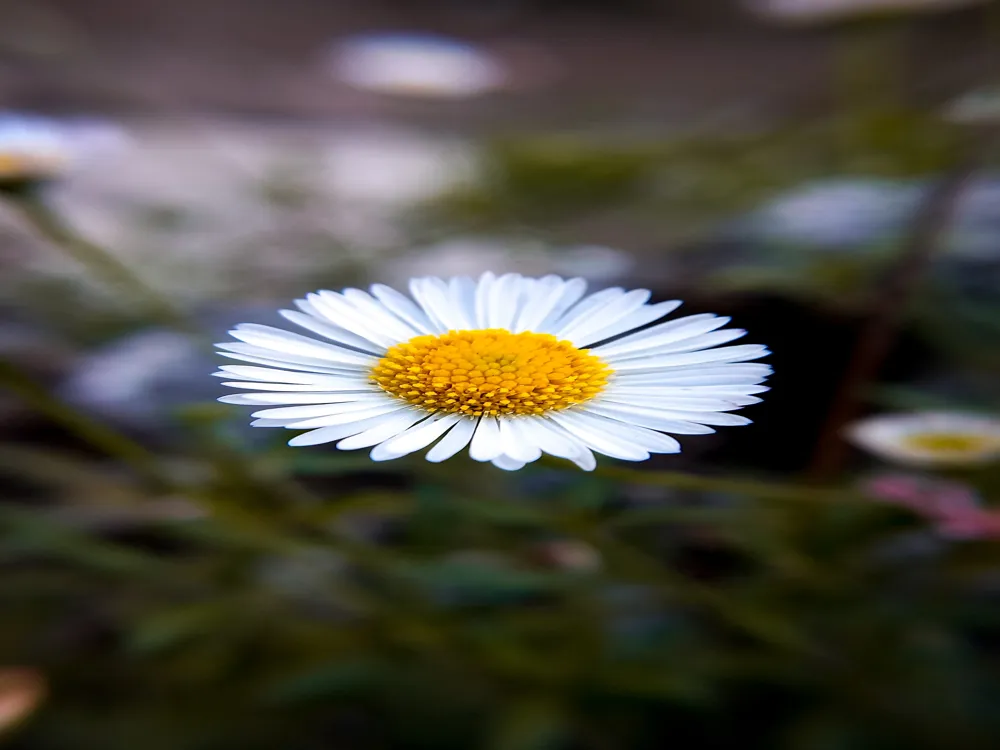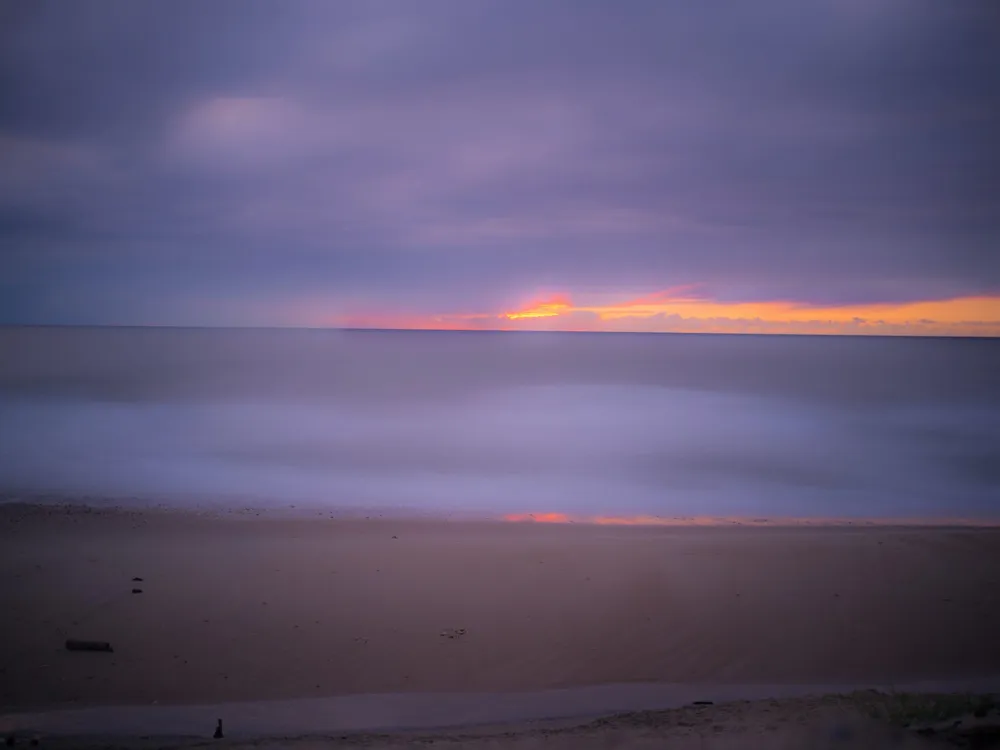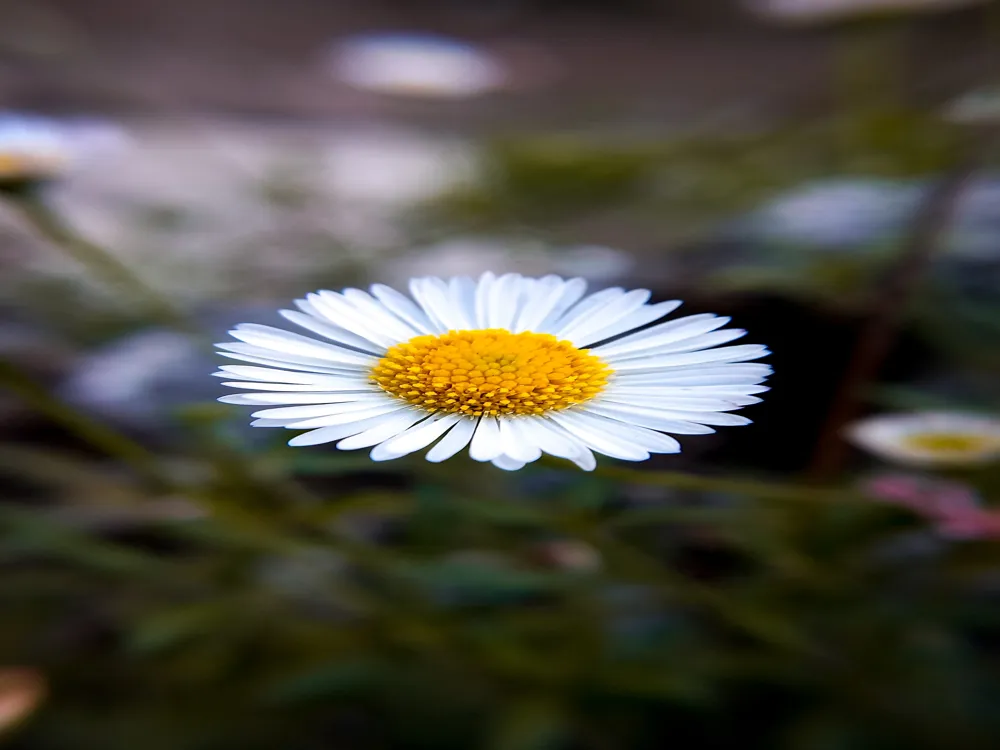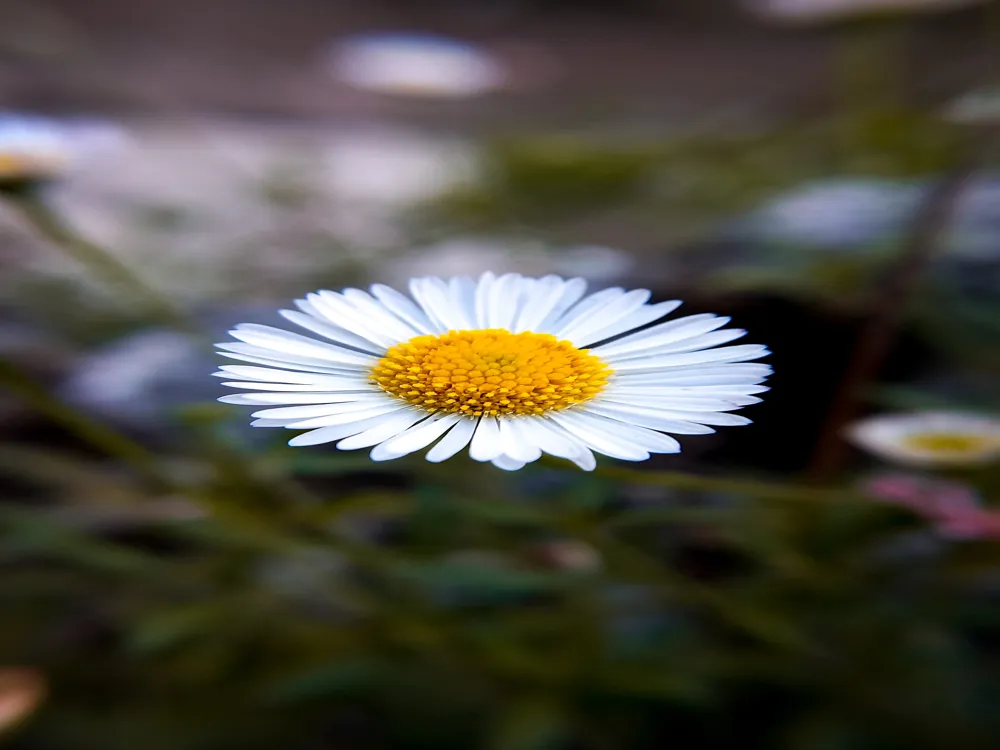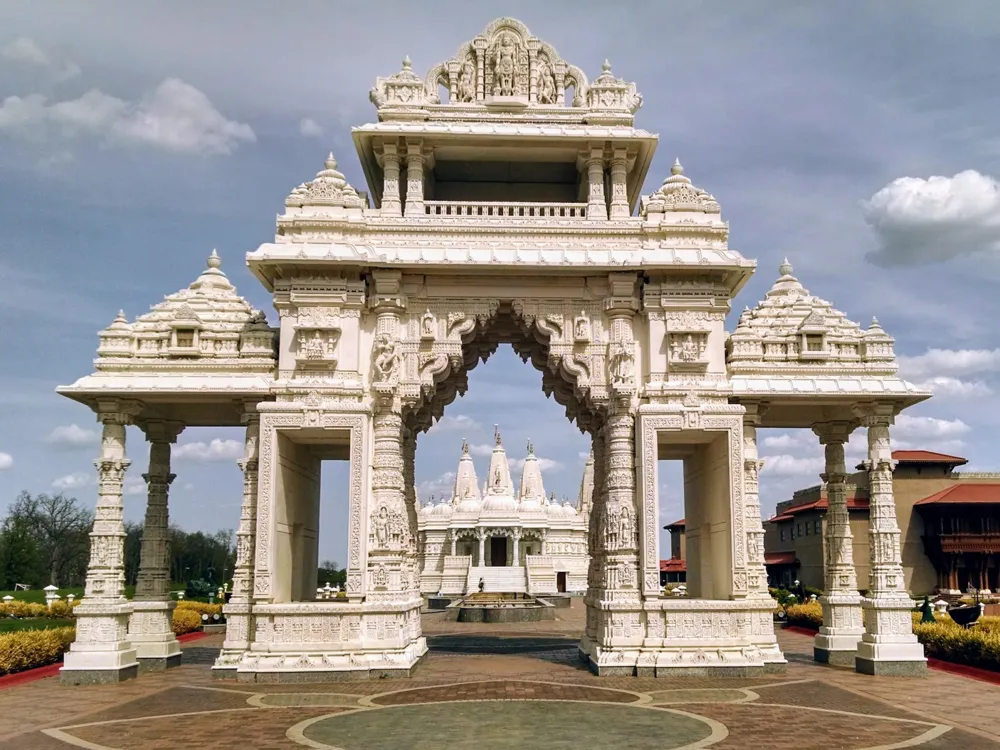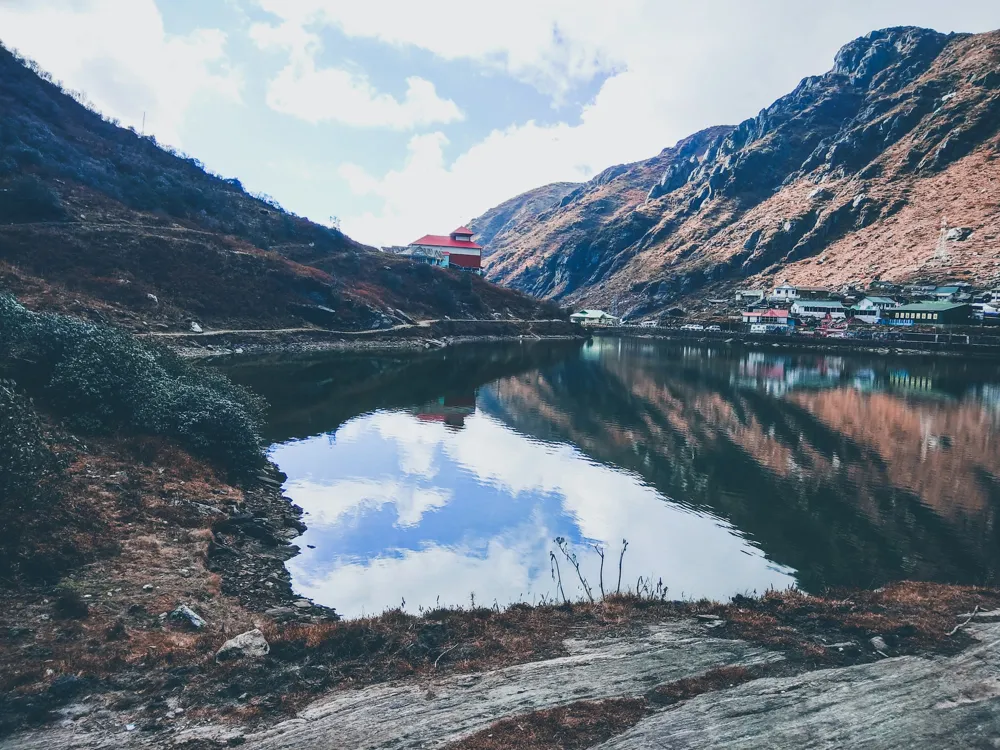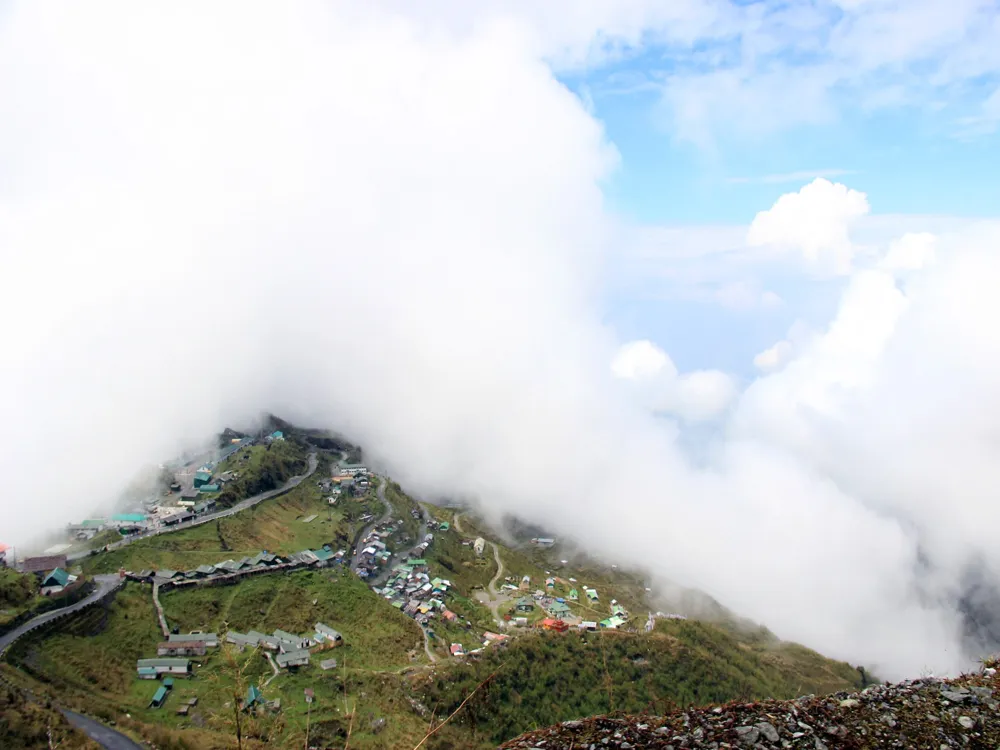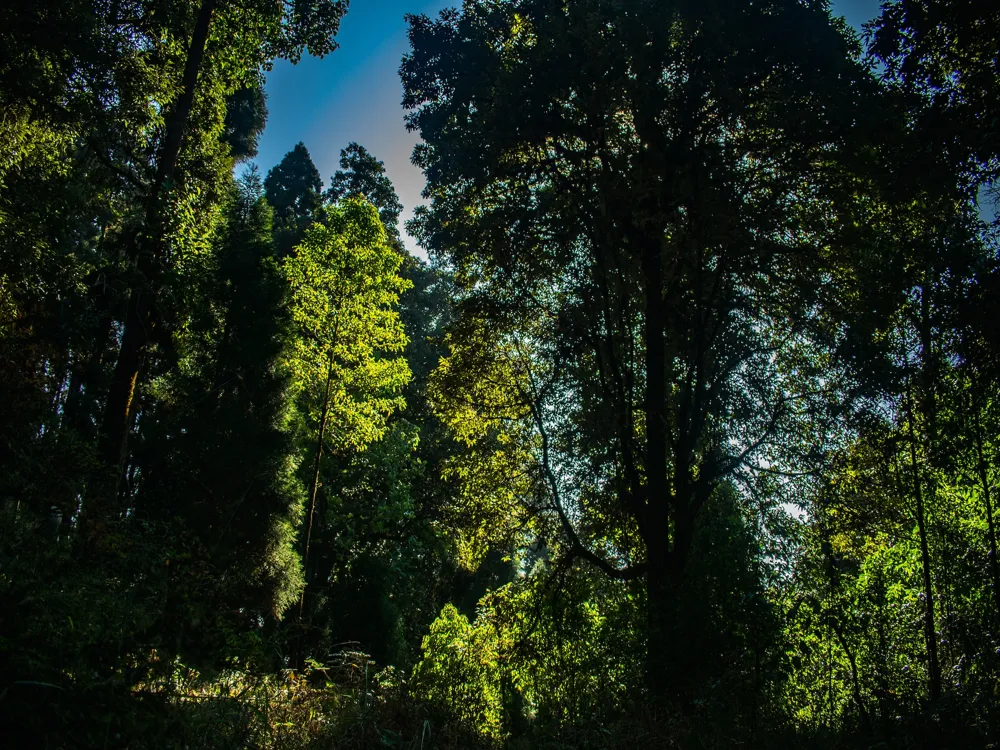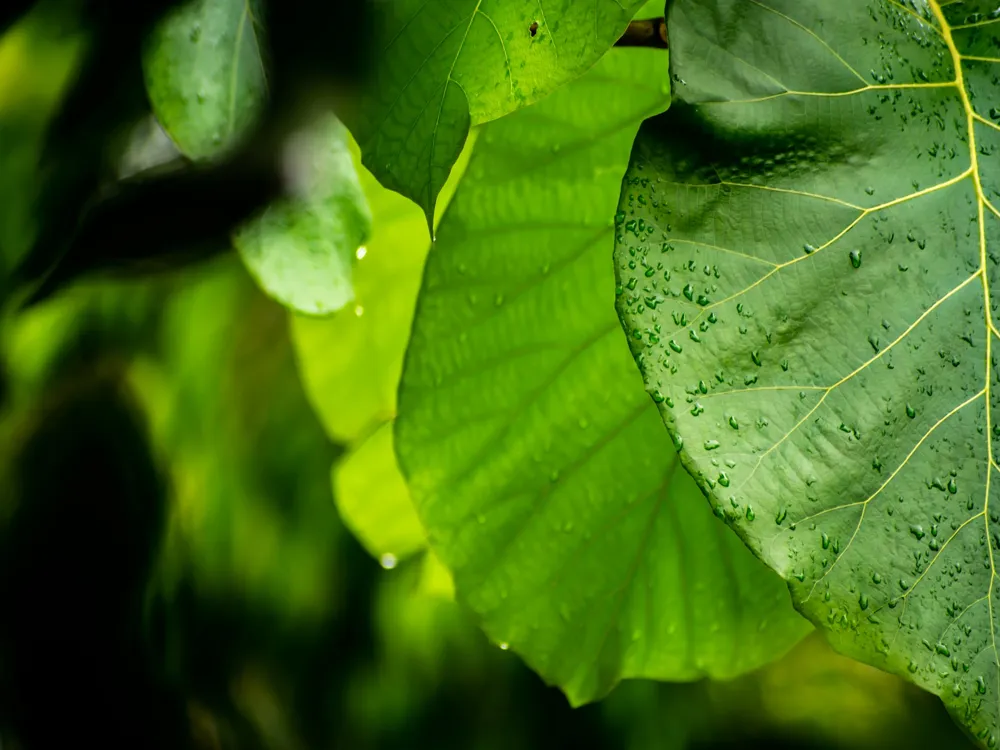Lampokhari, nestled in the serene town of Aritar in Sikkim, is a destination of ethereal beauty and tranquility. Known as one of the oldest natural lakes in Sikkim, Lampokhari is shaped like a boot and is surrounded by lush greenery and dense forests. The lake's emerald waters reflect the mesmerizing landscapes of the Eastern Himalayas, making it a photographer's paradise. The history of Lampokhari is deeply entwined with the local lore and culture. It is revered by the local populace and is a significant site in their religious and cultural festivities. The lake's name, 'Lampokhari', meaning 'lake of lamps', is derived from the local tradition of floating lamps on the water surface during certain festivals, creating a spectacle of shimmering lights. Beyond its natural beauty, Lampokhari is a hub for ecotourism. It is home to a diverse range of flora and fauna, some of which are endemic to this region. Bird watchers and nature enthusiasts can spot a variety of bird species, while the surrounding forests are rich in wildlife. The lake also offers boating facilities, allowing visitors to enjoy its tranquility up close. Every aspect of Lampokhari, from its natural beauty to its cultural significance, makes it a must-visit destination in Sikkim. Whether it’s the allure of its emerald waters, the tranquility of its surrounding forests, or the rich cultural tapestry that surrounds it, Lampokhari promises an experience that is both enchanting and enlightening. The architecture of Lampokhari is a unique blend of natural and man-made elements. The lake itself is a natural formation, believed to be hundreds of years old. Over the years, efforts have been made to enhance its accessibility and appeal while preserving its natural beauty. The most notable architectural feature is the promenade built around the lake. This pathway is designed to offer panoramic views of the lake and its surroundings, providing an immersive experience for visitors. Traditional Sikkimese architectural elements are also evident in the structures around Lampokhari. The use of wood and stone, typical of Sikkimese buildings, can be seen in the small rest areas and viewpoints around the lake. These structures are built with an emphasis on harmony with nature, ensuring minimal environmental impact. The boating facilities at Lampokhari have been developed keeping in mind both safety and aesthetics. The boats used are designed to blend with the natural environment, offering a serene experience without disrupting the lake's ecosystem. The docking area is constructed using local materials, further integrating the man-made structures into the natural landscape. In summary, the architecture of Lampokhari is a testament to the balance between development and conservation. It showcases how human intervention can enhance the natural beauty of a place while still preserving its essence and ecological balance. The ideal time to visit Lampokhari is from March to May and from September to November. During these months, the weather is pleasant, and the natural beauty of the lake and its surroundings is at its peak. Visitors should dress in layers as the weather can be quite unpredictable. Comfortable walking shoes are a must for exploring the area around the lake. Respect local customs and traditions. It's important to remember that Lampokhari is a revered site for the local community, so visitors should conduct themselves accordingly. Adhere to ecotourism guidelines. Avoid littering and disturbing the wildlife. The preservation of Lampokhari's natural beauty is a collective responsibility. Lampokhari is well-connected and accessible from various parts of Sikkim and neighboring regions. The nearest airport is Bagdogra Airport in West Bengal, about 4 hours drive from Aritar. For those preferring rail, the nearest railway station is New Jalpaiguri, also in West Bengal. From these points, one can hire taxis or opt for shared vehicles to reach Aritar. Additionally, regular bus services connect Aritar with major towns in Sikkim. For a more scenic route, visitors can take a road trip from Gangtok, the capital of Sikkim. The journey offers breathtaking views of the Himalayas and passes through charming Sikkimese villages and towns. The road to Lampokhari is well-maintained, making the drive a pleasant experience. In conclusion, reaching Lampokhari is an easy and enjoyable journey, regardless of the mode of transportation chosen. The journey itself is an integral part of the Lampokhari experience, offering glimpses of the region's stunning landscapes and vibrant culture. Read More:Overview of Lampokhari in Aritar, Sikkim
Architecture of Lampokhari
Tips When Visiting Lampokhari
Best Time to Visit
What to Wear
Local Etiquette
Ecotourism Guidelines
How to Reach Lampokhari
Lampokhari
Aritar
Sikkim
₹ 17,950 onwards
View aritar Packages
Aritar Travel Packages
View All Packages For Aritar
Top Hotel Collections for Aritar

Private Pool

Luxury Hotels

5-Star Hotels

Pet Friendly
Top Hotels Near Aritar
Other Top Ranking Places In Aritar
View All Places To Visit In aritar
Faq on Aritar
What is Lampokhari Aritar?
Lampokhari Aritar, also known as Aritar Lake, is a high-altitude lake located in the East Sikkim district of the Indian state of Sikkim.
Where is Lampokhari Aritar situated?
Lampokhari Aritar is situated in the village of Aritar, approximately 4 kilometers away from Rongli and around 5 kilometers from Rhenock.
What is the significance of Lampokhari Aritar?
Lampokhari Aritar is significant for its natural beauty, serene surroundings, and cultural importance to the local indigenous communities.
How big is Lampokhari Aritar?
The size of Lampokhari Aritar is around 1.5 hectares, making it a relatively small lake compared to some others in the region.
What activities can visitors do at Lampokhari Aritar?
Visitors can indulge in boating, paddle boating, and fishing at Lampokhari Aritar. Additionally, the surrounding area offers opportunities for trekking and nature walks.
View aritar Packages
Aritar Travel Packages
View All Packages For Aritar
Top Hotel Collections for Aritar

Private Pool

Luxury Hotels

5-Star Hotels

Pet Friendly
Top Hotels Near Aritar
Other Top Ranking Places In Aritar
View All Places To Visit In aritarFaq on Aritar
What is Lampokhari Aritar?
Lampokhari Aritar, also known as Aritar Lake, is a high-altitude lake located in the East Sikkim district of the Indian state of Sikkim.
Where is Lampokhari Aritar situated?
Lampokhari Aritar is situated in the village of Aritar, approximately 4 kilometers away from Rongli and around 5 kilometers from Rhenock.
What is the significance of Lampokhari Aritar?
Lampokhari Aritar is significant for its natural beauty, serene surroundings, and cultural importance to the local indigenous communities.
How big is Lampokhari Aritar?
The size of Lampokhari Aritar is around 1.5 hectares, making it a relatively small lake compared to some others in the region.
What activities can visitors do at Lampokhari Aritar?
Visitors can indulge in boating, paddle boating, and fishing at Lampokhari Aritar. Additionally, the surrounding area offers opportunities for trekking and nature walks.






